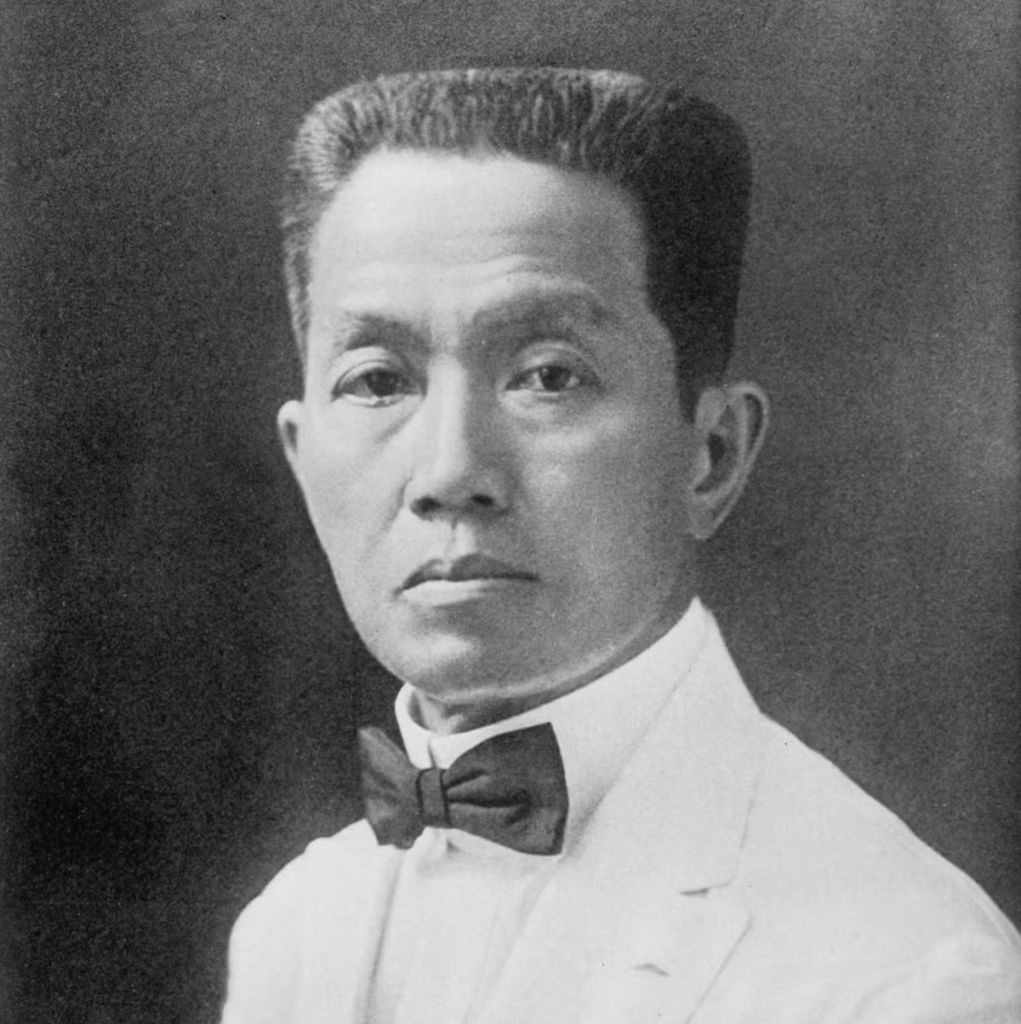
Table of Contents
Who Was Emilio Aguinaldo?
Emilio Aguinaldo was a pivotal figure in the history of the Philippines, best known for his leadership in securing the country’s independence from Spanish colonial rule and his subsequent role as the first president of the Philippine Republic. In 1898, Aguinaldo declared the Philippines’ independence, bringing an end to more than 300 years of Spanish rule. He also led the Philippine-American War in an effort to resist U.S. control over the islands, following the Spanish-American War. Aguinaldo passed away on February 6, 1964, in Quezon City, Philippines, due to a heart attack.
Early Life
Emilio Aguinaldo was born on March 22, 1869, in Kawit, Cavite, Philippines. He was the seventh of eight children in a family of Chinese and Tagalog descent. His father, Carlos Aguinaldo, passed away when Emilio was only nine years old, after which his mother, Trinidad, sent him to Manila for his education. Aguinaldo attended the Colegio de San Juan de Letran, but his studies were interrupted by a cholera outbreak, prompting his return to Kawit. During this time, he became increasingly aware of the growing discontent among Filipinos with Spanish colonial rule.
Aguinaldo’s involvement in the revolutionary movement began when he joined the Pilar Lodge of Freemasonry in 1895, a society that played a crucial role in organizing resistance against Spanish oppression. Through this affiliation, he met Andres Bonifacio, a key revolutionary figure, and became further involved in the push for independence.
Independence from Spain
Aguinaldo’s desire to fight for Philippine independence led him to join a secret revolutionary society led by Bonifacio. Following Bonifacio’s execution in 1897 by a rival faction, Aguinaldo assumed full leadership of the revolt against Spain. By December of that year, Aguinaldo negotiated the Truce of Biak-na-Bato with the Spanish government, resulting in his temporary exile to Hong Kong in exchange for amnesty, indemnity, and promises of reform. However, both sides failed to fully honor the terms of the agreement. The Spanish government did not deliver the promised reforms, and Aguinaldo’s rebels did not surrender their arms as stipulated.
From Hong Kong, Aguinaldo supported American efforts in the Spanish-American War, believing that the United States might aid in the Philippines’ fight for independence. In 1898, Aguinaldo returned to the Philippines, resumed his revolution against Spanish rule, and soon after declared Philippine independence on June 12, 1898, in his hometown of Kawit. This historic proclamation ended over four centuries of Spanish colonial rule.
Following his declaration of independence, Aguinaldo convened the Malolos Congress, which drafted a constitution for the newly-formed Philippine Republic. On January 23, 1899, Aguinaldo was sworn in as the first president of the republic in a ceremony at Barasoain Church in Malolos, Bulacan, marking a new chapter in Philippine self-governance.
Philippine-American War
The United States, however, was reluctant to recognize the Philippines’ newly established government. While the U.S. and Spain were engaged in the Spanish-American War, Spain ceded the Philippines to the United States in the Treaty of Paris in December 1898.
Just two weeks after Emilio Aguinaldo’s inauguration, an American sentry shot and killed a Philippine soldier stationed at the San Juan Bridge, symbolizing resistance to the Philippines’ newfound independence. On February 4, 1899, the Philippine-American War erupted. Aguinaldo’s revolutionary forces quickly adopted guerrilla tactics, leading to one of the bloodiest conflicts in American history, though it resulted in little direct progress for Aguinaldo’s cause. Reflecting on the apparent futility of the war, Aguinaldo later stated, “I saw my own soldiers die without affecting future events.”
After three years of intense fighting, Aguinaldo was captured by American General Frederick Funston on March 23, 1901. On April 19, 1901, after swearing an oath of allegiance to the United States, Aguinaldo officially declared peace with the U.S. By this time, the United States was prepared to support limited Philippine independence. However, full sovereignty would not be granted until 1946.
Following his capture, Aguinaldo retired to a private life as a farmer but remained devoted to the memory of those who fought alongside him. He later founded the Veterans of the Revolution, an organization that secured pensions for former revolutionaries and facilitated affordable land purchases. Aguinaldo made a political return in 1935 when he ran for president against Manuel Quezon, though he was defeated. In 1950, he became a presidential advisor on the Council of State.
Death
Aguinaldo passed away from a heart attack at the Veterans Memorial Hospital in Quezon City on February 6, 1964, at the age of 94. His private estate and mansion, which he had donated the year before his death, remain a shrine dedicated to the Philippine revolution and his legacy as a revolutionary leader.
